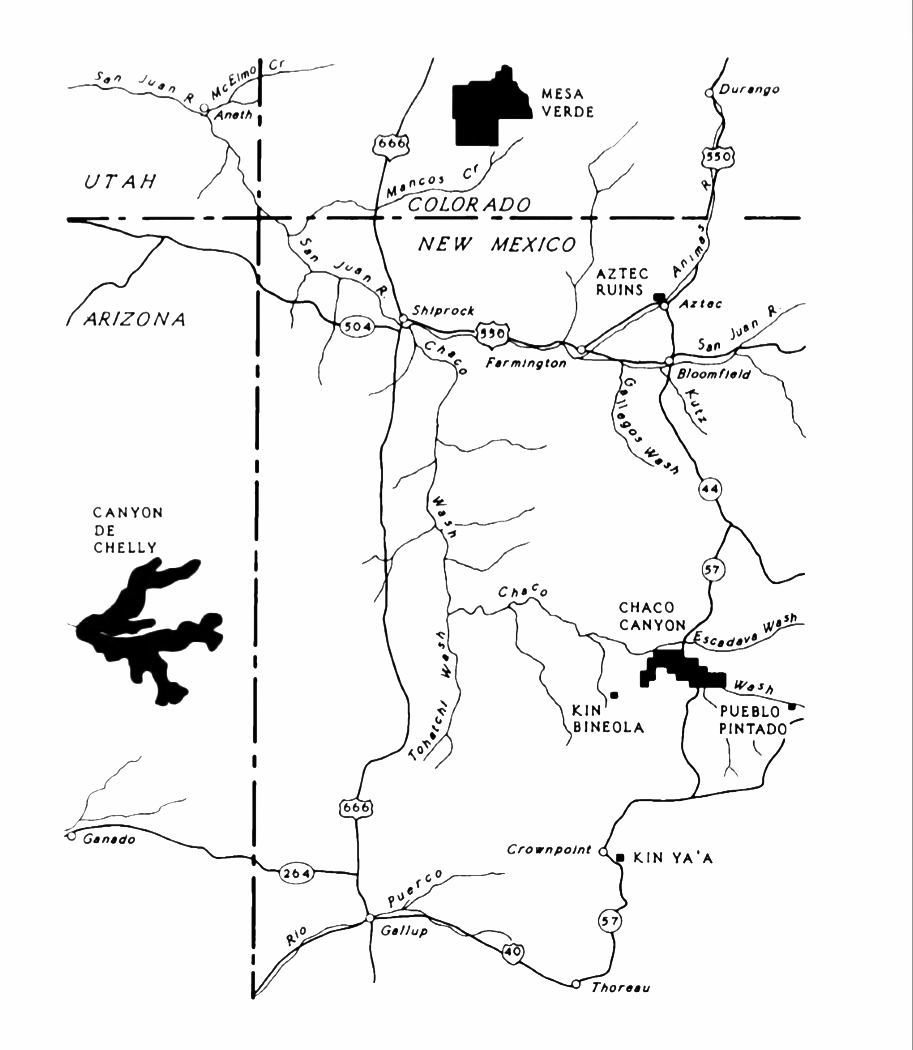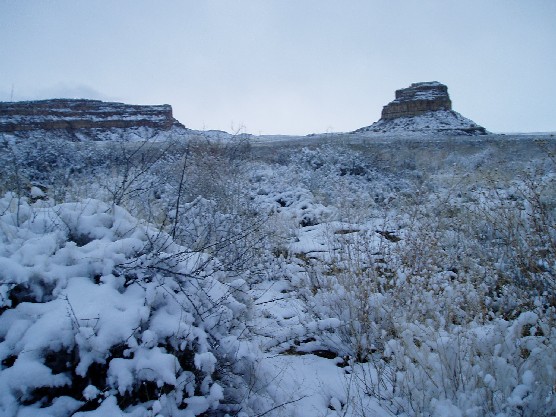|
Francisco Hosta
Francisco Hosta was the civil governor of Jemez Pueblo in 1849. He acted as a guide for several archeological expeditions to the Ancestral Puebloan ruins in Chaco Canyon, including the Simpson group in 1849, one led by Dr. Oscar Lowe in 1874, and in 1877 he guided photographer William Henry Jackson, who named Hosta Butte in his honor. He might have also guided José Antonio Vizcarra during his 1823 campaign against the Navajo people The Navajo or Diné are an Native Americans in the United States, Indigenous people of the Southwestern United States. Their traditional language is Navajo language, Diné bizaad, a Southern Athabascan language. The states with the largest Din ..., during which Vizcarra re-discovered Chaco Canyon. References ;Bibliography * {{DEFAULTSORT:Hosta, Francisco Chaco Canyon People from Sandoval County, New Mexico Pueblo people ... [...More Info...] [...Related Items...] OR: [Wikipedia] [Google] [Baidu] |
Jemez Pueblo
Jemez Pueblo (/ˈhɛmɛz/; , ) is a census-designated place (CDP) in Sandoval County, New Mexico, United States. The population was 1,963 at the 2020 census. It is part of the Albuquerque Metropolitan Statistical Area. The CDP is named after the pueblo at its center. Among Pueblo members, it is known as . It was likely the location of the Franciscan Mission San Diego de la Congregacion. Geography According to the United States Census Bureau, the CDP has a total area of , all land. Demographics It seems that a significant part of the Jemez Pueblo population originates from the surviving remnant of the Pecos Pueblo population who fled to Jemez Pueblo in 1838. The Jemez speak a Kiowa–Tanoan language also known as '' Jemez'' or ''Towa.'' As of the census of 2000, there were 1,953 people, 467 households, and 415 families residing in the CDP. The population density was . There were 499 housing units at an average density of . The racial makeup of the CDP was 0.41% White, 9 ... [...More Info...] [...Related Items...] OR: [Wikipedia] [Google] [Baidu] |
Ancestral Puebloans
The Ancestral Puebloans, also known as Ancestral Pueblo peoples or the Basketmaker-Pueblo culture, were an ancient Native American culture of Pueblo peoples spanning the present-day Four Corners region of the United States, comprising southeastern Utah, northeastern Arizona, northwestern New Mexico, and southwestern Colorado. They are believed to have developed, at least in part, from the Oshara tradition, which developed from the Picosa culture. The Ancestral Puebloans lived in a range of structures that included small family pit houses, larger structures to house clans, grand pueblos, and cliff-sited dwellings for defense. They had a complex network linking hundreds of communities and population centers across the Colorado Plateau. They held a distinct knowledge of celestial sciences that found form in their architecture. The kiva, a congregational space that was used mostly for ceremonies, was an integral part of the community structure. Archaeologists continue to d ... [...More Info...] [...Related Items...] OR: [Wikipedia] [Google] [Baidu] |
Chaco Culture National Historical Park
Chaco Culture National Historical Park is a United States National Historical Park in the American Southwest hosting a large concentration of pre-Columbian indigenous ruins of pueblos. The park is located in northwestern New Mexico, between Albuquerque and Farmington, in a remote canyon cut by the Chaco Wash. Containing the most sweeping collection of ancient ruins north of Mexico, the park preserves one of the most important cultural and historical areas in the United States. Between AD 900 and 1150, Chaco Canyon was a major cultural center for the Ancestral Puebloans. Chacoans quarried sandstone blocks and hauled timber from great distances, assembling fifteen major complexes that remained the largest buildings ever built in North America until the 19th century. Evidence of archaeoastronomy at Chaco has been proposed, with the "Sun Dagger" petroglyph at Fajada Butte a popular example. Many Chacoan buildings may have been aligned to capture the solar and lunar cycles, ... [...More Info...] [...Related Items...] OR: [Wikipedia] [Google] [Baidu] |
William Henry Jackson
William Henry Jackson (April 4, 1843 – June 30, 1942) was an American photographer, American Civil War, Civil War veteran, painter, and an explorer famous for his images of the American West. He was a great-great nephew of Samuel Wilson, the progenitor of America's national symbol Uncle Sam. He was the great-grandfather of cartoonist Bill Griffith, creator of Zippy the Pinhead comics. Early life Jackson was born in Keeseville, New York, on April 4, 1843, the first of seven children born to George Hallock Jackson and Harriet Maria Allen. Harriet, a talented water-colorist, was a graduate of the Troy Female Seminary, later the Emma Willard School. Painting was William's passion from a young age. By age 19, he had become a skillful, talented artist of American pre-Civil War visual arts. Orson Squire Fowler wrote that Jackson was "excellent as a painter". After his childhood in Troy, New York, and Rutland (town), Vermont, Rutland, Vermont, Jackson enlisted in October 1862 as a ... [...More Info...] [...Related Items...] OR: [Wikipedia] [Google] [Baidu] |
Hosta Butte
Hosta Butte is an ancestral site southwest of Chaco Culture National Historical Park, New Mexico. Along with Gobernador Knob and Huérfano Mountain, it forms part of the Dinétah, considered to be the birthplace of early Navajo culture. The mountain, with an elevation of , is in close proximity to Crownpoint, New Mexico. Due to its prominence in the cosmography of Native tribes in the area, the mountain contains a number of small shrines. In 1877, photographer William Henry Jackson named the butte in honor of Francisco Hosta, who guided him to the Ancestral Puebloan The Ancestral Puebloans, also known as Ancestral Pueblo peoples or the Basketmaker-Pueblo culture, were an ancient Native American culture of Pueblo peoples spanning the present-day Four Corners region of the United States, comprising southe ... ruins in Chaco Canyon. Uranium mining is exploited in the area, over some 3,020 acres, and forms part of the Grants Uranium Belt. References ;Bibliography * ... [...More Info...] [...Related Items...] OR: [Wikipedia] [Google] [Baidu] |
José Antonio Vizcarra
José Antonio Vizcarra (or Viscarra) was a Mexican soldier who served as Governor of New Mexico from 1822 to 1823. While conducting an expedition against the Navajos in 1823, he was the first to record the ruins of Chaco Canyon. Career outline José Antonio Vizcarra was the son of Don Juan José Viscarra and Doña Gertrudis Alvarado, and was born in Cuencamé, Durango. Entering the army, he rose to the rank of Lieutenant-Colonel and was appointed military chief of New Mexico in October 1822. Vizcarra was governor of New Mexico from November 1822 to September 1823. From June to September 1823 he led a punitive expedition to the west and north against the Navajo. On 14 April 1824, Lieutenant Colonel José Antonio Vizcarra, Special Commander of the province, married Doña Ana Maria Ortiz, widow of Sheriff Don Fernando Delgado. His wife was the sister of Ramón Ortiz y Miera, who became an influential priest and after the Mexican–American War (1846–1848) was to be the rep ... [...More Info...] [...Related Items...] OR: [Wikipedia] [Google] [Baidu] |
Navajo People
The Navajo or Diné are an Native Americans in the United States, Indigenous people of the Southwestern United States. Their traditional language is Navajo language, Diné bizaad, a Southern Athabascan language. The states with the largest Diné populations are Arizona (140,263) and New Mexico (108,305). More than three-quarters of the Diné population resides in these two states.American Factfinder United States Census Bureau The overwhelming majority of Diné are enrolled in the Navajo Nation. Some Diné are enrolled in the Colorado River Indian Tribes, another federally recognized tribe. With more than 399,494Becenti, Arlyssa [...More Info...] [...Related Items...] OR: [Wikipedia] [Google] [Baidu] |
Chaco Canyon
Chaco Culture National Historical Park is a United States National Historical Park in the American Southwest hosting a large concentration of pre-Columbian indigenous ruins of pueblos. The park is located in northwestern New Mexico, between Albuquerque and Farmington, in a remote canyon cut by the Chaco Wash. Containing the most sweeping collection of ancient ruins north of Mexico, the park preserves one of the most important cultural and historical areas in the United States. Between AD 900 and 1150, Chaco Canyon was a major cultural center for the Ancestral Puebloans. Chacoans quarried sandstone blocks and hauled timber from great distances, assembling fifteen major complexes that remained the largest buildings ever built in North America until the 19th century. Evidence of archaeoastronomy at Chaco has been proposed, with the "Sun Dagger" petroglyph at Fajada Butte a popular example. Many Chacoan buildings may have been aligned to capture the solar and lunar cycles, ... [...More Info...] [...Related Items...] OR: [Wikipedia] [Google] [Baidu] |
People From Sandoval County, New Mexico
The term "the people" refers to the public or common mass of people of a polity. As such it is a concept of human rights law, international law as well as constitutional law, particularly used for claims of popular sovereignty. In contrast, a people is any plurality of persons considered as a whole. Used in politics and law, the term "a people" refers to the collective or community of an ethnic group or nation. Concepts Legal Chapter One, Article One of the Charter of the United Nations states that "peoples" have the right to self-determination. Though the mere status as peoples and the right to self-determination, as for example in the case of Indigenous peoples (''peoples'', as in all groups of indigenous people, not merely all indigenous persons as in ''indigenous people''), does not automatically provide for independent sovereignty and therefore secession. Indeed, judge Ivor Jennings identified the inherent problems in the right of "peoples" to self-determination, as ... [...More Info...] [...Related Items...] OR: [Wikipedia] [Google] [Baidu] |






